Bal-tec™ Home Drilled Balls
Drilled Balls
Drilled balls are used for a variety of applications, from decorative to very high tech.
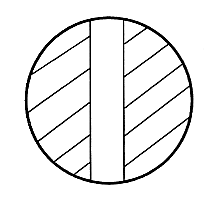
Machinable Materials
Materials that can be drilled by conventional machining techniques include aluminum, brass, plastics, soft carbon steel, 300 series stainless steel and other unhardened metals. This process can be very accurate and is much less expensive than other, more sophisticated techniques.
There are a number of different methods for drilling a hole in a ball. If the material is soft ( below 35 HRC ), a conventional high speed steel or tungsten carbide drill can be used. Very hard or very tough materials can be drilled with Electrical Discharge Machining ( EDM ). If the material is electrically conductive, it can be machined by EDM. High speed steel in the hardened condition and tungsten carbide can be drilled using EDM.
When rather large diameter through holes, even with close tolerances must be drilled, a unique form of EDM can perform this function. A wire EDM machine is like a band saw using an electrically charged cylindrical wire to cut a very accurate plug out of the ball.
Drilling ceramic balls is done on a CNC machine using a diamond drilling tool. A limited number of standard drilled balls are available for immediate delivery.

Molecular Models
We have an unusual machine that is designed to make molecular models. After drilling a three dimensional hole pattern in the surface of the balls, they can then be pinned together to simulate chemical molecules. The balls are usually made of plastic. The balls are typically different colors, and often of different sizes. Each ball represents a single atom of each of the elements in the molecule.
Hole Tolerance
The normal or conventional size tolerance for the hole in a drilled ball is minus 0.002 inches (0.051mm), plus 0.005 inches (0.127mm).
In machinable materials, the hole can be drilled and then reamed with a 0.0005 inches (0.0127mm) or better tolerance.
Balls with through holes can be honed, or honed and cylindrically lapped to almost any tolerance or surface finish, limited mainly by the ability to accurately measure the hole diameter.
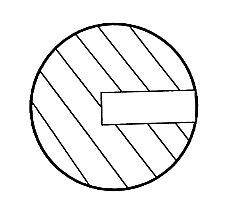
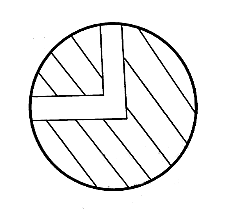
E.D.M. Machining
The lesser known process of Electrical Discharge Machining (E.D.M.) can drill the hardest metals and even tungsten carbide balls. This sophisticated computer controlled process uses electrical energy, in the form of millions of tiny sparks, to erode simple cylindrical holes, as well as almost any other shape desired. Using this process, holes with square, rectangular, hexagonal or any other cross section can be drilled. Triangular holes in ball valves are often used to modulate the flow through the valve.
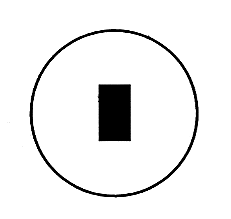
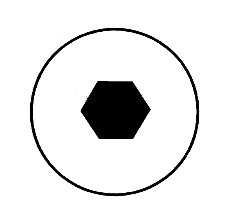
Either blind holes, or holes that go all the way through a ball can be produced, by this method.
Concentricity between the axis of the ball and the axis of the hole can be held to close tolerance.
There are three basic forms of electrical discharge machining that apply to drilling and finishing of holes in balls.
Die Sinking E.D.M.
The first and the oldest E.D.M. technology is commonly referred to as the “Die Sinker”. New versions of these machines are fully computer numerically controlled (C.N.C.), with seven programmable parameters and an on board tool changer. Bal-tec has the largest number of these sophisticated Agie™ die sinking machines in Southern California.
Hole Popping E.D.M.
The next category of E.D.M. machines are the fast hole drilling, or hole popping machines. These machines are extremely fast compared to die sinking machines, but they cannot hold as close a dimensional tolerance nor as good a surface finish as the Die Sinker. These machines use a method called consumable electrode or sacrifice electrode E.D.M.’ing. The tools used on these machines, are eighteen inch long electrodes, that burn up very fast, so they have a high cost for consumable tooling. Bal-tec has four of these machines, including the latest fully C.N.C. machine by Agie™.
Wire E.D.M.
The third type of E.D.M. machine is the wire cut machine. These machines use a moving wire of about 0.010 inch [0.254mm] diameter to do the cutting. This machine is limited to doing through holes. This type of machine is good for cutting large diameter holes, holes with very close tolerance, and to do shaped holes. We have two of the latest C.N.C. versions of these machines, that have self threading and multi-axis capabilities, and one very large C.N.C. machine used mainly for our in-house tooling.
Ceramic Balls
With the advances in modern technology, a need for modified ceramic balls is an everyday requirement. Bal-tec now has dedicated machining centers that can drill holes and do many other modifications to ceramic balls.
See Drilled Balls in our Kinematic Catalog #105B, for off-the-shelf drilled balls.
